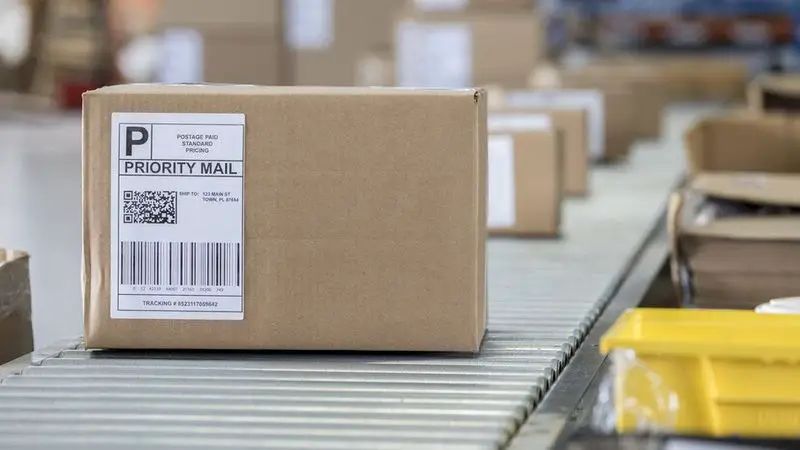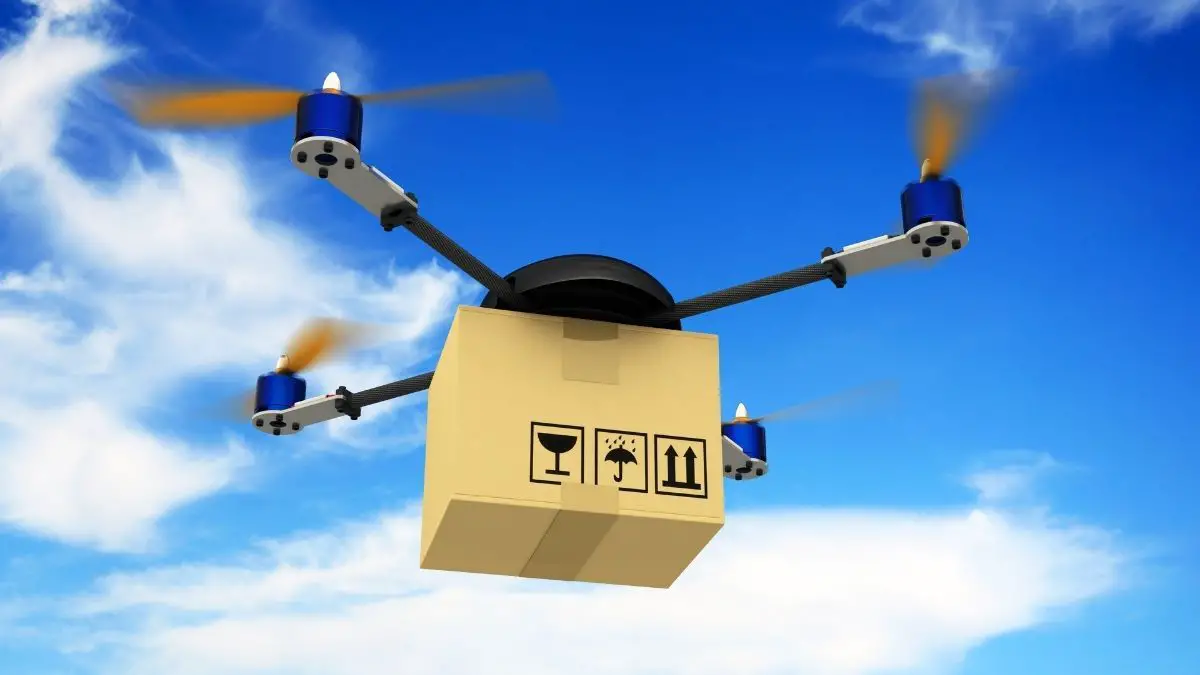How much do new package delivery technologies pollute? We have seen lately that there has been a focus of interest within a sector of the technology industry in the use of unmanned means of transport such as drones or trolleys, which are responsible for delivering an expected order.
This technology has been employed primarily in the United States, as part of the recent deployment of pilot schemes. However, given their potential for expansion, a research team analyzed the impact of these new vehicles on the environment.
Autonomous delivery vehicles subjected to a carbon footprint analysis
A study by researchers at the University of Michigan, USA, revealed that the use of the aforementioned new transportation technologies for private parcels does not have a major impact on the environment.
Inspired by the explosive growth of online commerce in the recent global context, Gregory Keoleian of the University of Michigan and his research team set out to analyze how the computerization of this new era of delivery could be harmful to the ozone layer.
Considering the most common scenarios, the researchers considered 12 situations, moving from a traditional human-driven transportation model to a fully mechanized framework, all with the common task of delivering a package every half-mile within a single stretch of road. In each scenario, they determined the emissions of substances that affect the ozone layer, as well as the carbon footprint for each package transported.

For this analysis, the study looked at production and operational emissions data for a commercial ride-hailing robot and various cargo vans, including human-powered and autonomous models, using different types of fuel, batteries, and load capacities.
The results show that the automation of package transport from the hand of these new vehicles account for a rate that can be considered small (<20%), of the footprint emitted by a package.
All other things being equal, the size of the transport vehicle and the fuel source greatly affected the overall outputs of ozone-depleting substances. To illustrate this difference, the researchers note: “For example, use of a gasoline-powered pickup truck nearly doubled emissions per package compared to delivery with a battery-powered model. In addition, a larger cargo van, which could hold 180 packages, had approximately 50% more greenhouse gas emissions per package than a van with 80 packages.”
What is interesting is that despite the “good evaluation” of the modern vehicles that motivated this study, according to the report of results, the case evaluated with the lowest amount of emissions per package is the use of a small, battery-powered, human-operated van.





